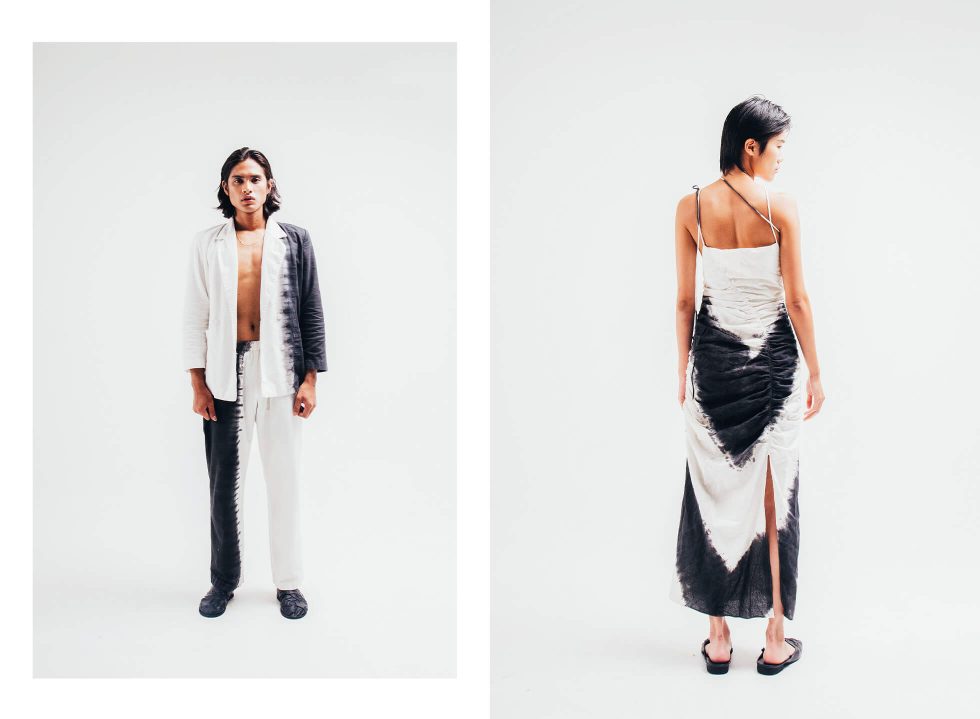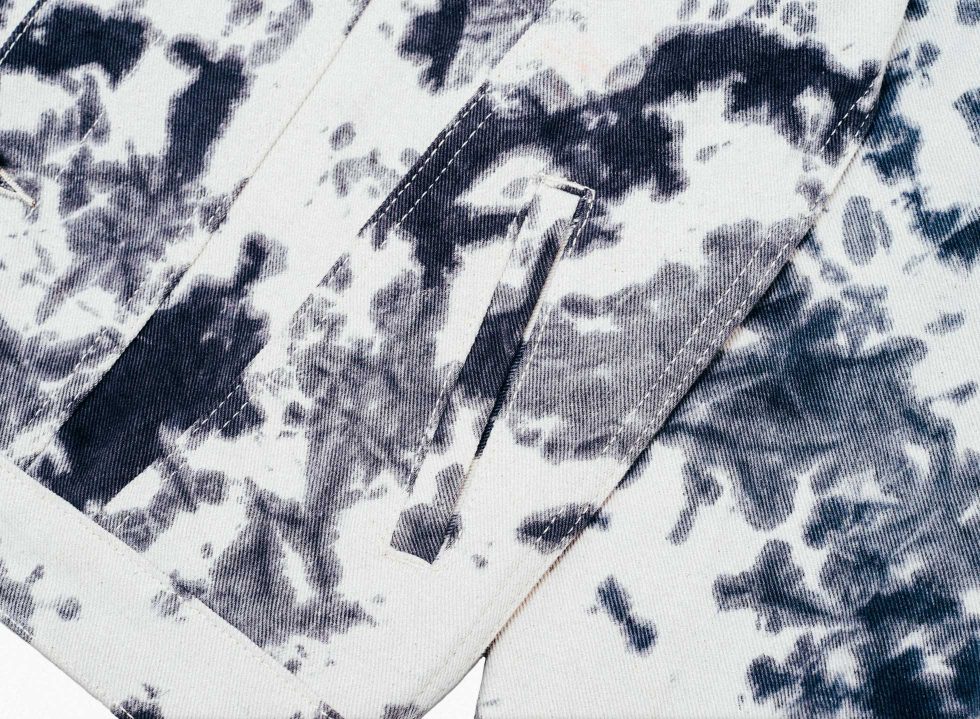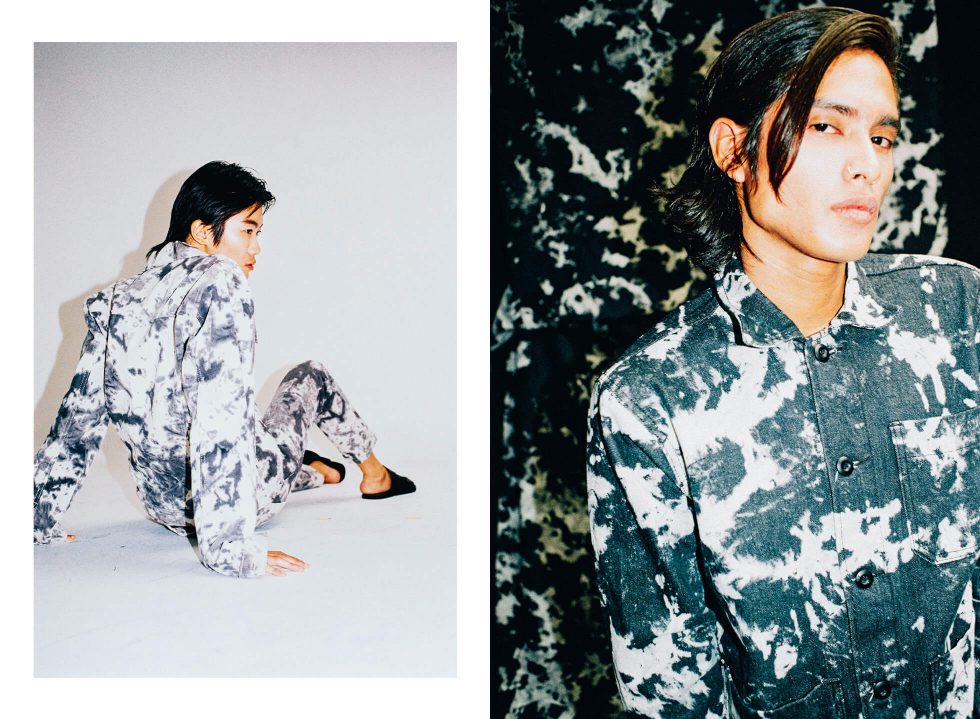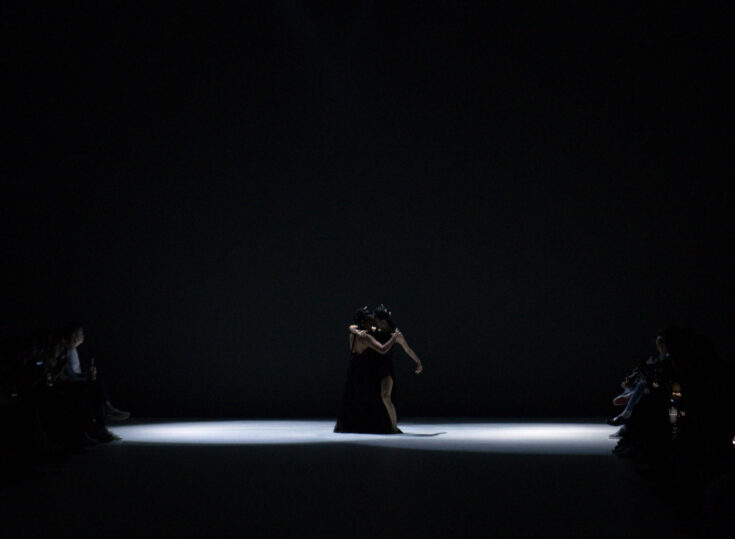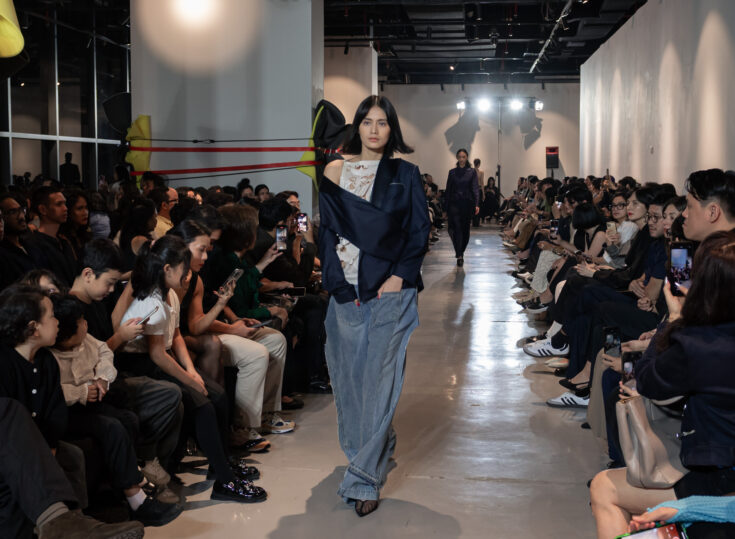Making clothes that are not gender-specific has been a running conversation in the fashion industry, where more and more brands set into motion the idea of being free in your clothing choices, whether it is for creativity or comfort. Among this shift is homegrown fashion brand Dua Wear, which describes itself as a “unisex ready-to-wear label that primarily focuses on creating everyday artisanal basic pieces”.
But instead of fitting itself into this larger cultural conversation and strictly abiding by the tag, founder and designer Dea Yuliana approached the 2019-launched brand through a practical lens where clothes can be worn and adapted to many different functions and activities.
“The idea is not to force all body shapes and types into one single fit to prove a point. The idea is that everyone can wear every piece of clothing that we make irrespective of gender,” said the Institut Teknologi Bandung (ITB) alumna, who studied craft and textile design.
This frame of mind carries over to Dua Wear’s two collections, Pleated and Denim, where a lineup of shirts, pants, trucker jackets and blazers places a good emphasis on oversized wear and monochromatic shades of dark grey, black and navy. Dea also gravitates towards locally-sourced fabrics that are delicate to create a masculine silhouette; for example, she uses chiffon, a material seldom used in menswear, to create blazers.
For these everyday pieces to have a certain singularity, the 28-year-old designer further experiments with various dyeing methods from tie-dye, batik, airbrush to hand painting. It’s one of her ways to bring in local handicraft traditions and reinterpret the techniques her way.
For example, Dea first explored the use of a local dyeing technique called batik remekan or “cracking”, for a collection she submitted for the Harper’s Bazaar Asia Newgen Fashion Award competition in 2019. The method, where she covers the fabric with a heat-resistant wax, crumples it until it cracks and then dyes it, materialised into a lineup of batik-patterned detachable blouses. The collection ‘Somber’ impressed the judges and won her the regional title.
There’s also tie-dye, a practice Dea has honed in since college. A form of resist dyeing that prevents dye from permeating to certain parts of the fabric, the method comes with techniques such as crumple, spiral and accordion.
Dea utilised the crumple method for Dua Wear’s Denim collection, where the twill cotton fabric is simply crumpled, tied with a string and dipped in dye. The result is a lineup of trucker jackets and pants rendered in a flurry of abstract shapes.
She has also explored the accordion method for the label’s singular pieces, the ruched midi dress and the relaxed blazer set. Here, the ramie fabric is folded in a zigzag pattern to create a series of pleats and then tied horizontally. What comes out is a show of horizontal lines that are “visually not complex, but attention to detail is much more prominent with this than the crumple, which is much more experimental.”
As if these clothes have a mind of their own, there’s no way of knowing how the motifs will turn out after they are dipped. For Dea, that’s the element of surprise that is at once exciting and inspiring.
“The colour manipulation of tie-dye is so interesting to me. Even when it’s done with the same technique—be it crumpled, accordion or spiral—each tie and dip will yield unpredictable results,” said the Bandung-based designer. “Sometimes these processes just happen by accident, but that’s what makes each piece so unique.”
Yet even when the tie-dye motifs have, in a way, shaped Dua Wear’s identity, Dea does not want to pigeonhole the brand with solely this dyeing technique. “I want people to see Dua Wear through its craftsmanship, that all the motifs here are made by hand, whether it is tie-dye, airbrush, batik or hand painting. The focus should be how Dua Wear explores textile through such craft.”
With plans to release a beachwear collection and collaborate with a jewellery label, Dua Wear grows slowly but surely in hopes that it can establish a place in the Indonesian market for being a brand that maintains strong craftsmanship while producing flexible, singular pieces that cater to all.
After all, the unisex tag, while appealing, has to go beyond its concept and translate to a state of mind that isn’t tied down to the clothes one wears, and this is where Dua Wear wants to rise above it, as Dea concluded: “Any piece of apparel can be gender fluid if the wearer so chooses. It’s a matter of interpreting style with one’s sense of self.”
